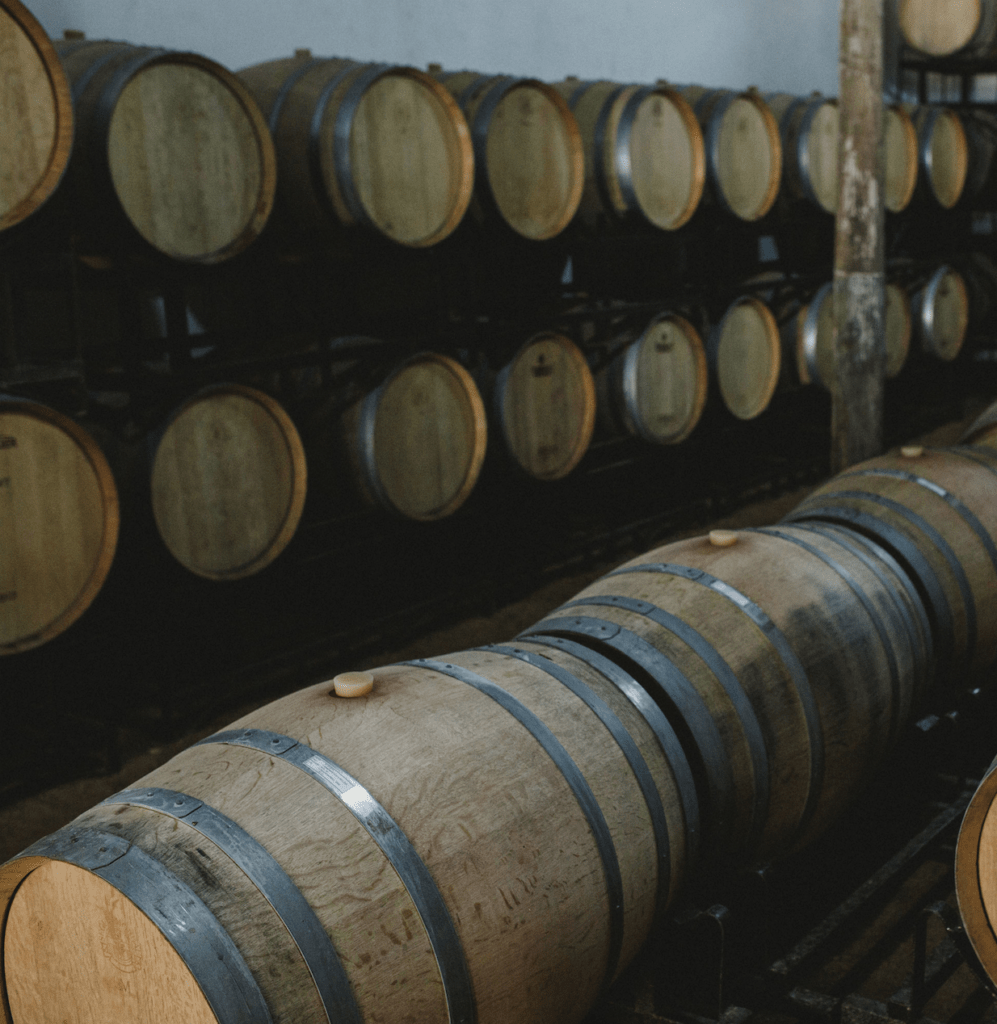Vinificación: en barricas, foudres, ánforas de arcilla y depósitos de acero inoxidable o cemento

El proceso de elaboración del vino, también conocido como vinificación, consiste en varios procesos que, cuando se juntan, transforman el mosto o zumo de la uva en una bebida alcohólica fermentada, también conocida como vino.
El proceso de elaboración del vino ha sufrido cambios e innovaciones a lo largo de los años, alcanzando un nivel de hiperindustrialización que, sin embargo, consigue mantener la esencia del proceso. Uno de los pasos más importantes del proceso es el almacenamiento o conservación de los vinos. Esto puede tener lugar en una variedad de materiales y recipientes como foudres, barriles, ánforas y tanques.
Herramientas de vinificación: del viñedo a la mesa
Una vez vendimiadas las uvas y extraído su zumo, o mosto, hay que prepararlo adecuadamente para producir vino. Este puede ser un proceso largo que puede requerir años, hasta que finalmente se abre la botella.
Barriles
Las barricas son de madera y suelen contener 220 litros de vino. Se utilizan para envejecer un vino, añadiendo oxígeno, textura y aromas que rebajan la intensidad de los sabores.
Están hechas de roble, ya que esto permite que la textura del vino se estabilice y se suavice, polimerizando los taninos y aportando una sensación más suave en boca. Las barricas también permiten que el vino se microoxigene, lo que ayuda a que el vino evolucione. Es importante señalar que las barricas tienen capacidad para realizar esta función durante muchos años, pero la influencia del roble disminuye mientras que las propiedades de microoxigenación permanecen.
Foudres
Los foudres son recipientes de madera con mayor capacidad que un barril normal, y pueden utilizarse para almacenar y envejecer vino. En general, su tamaño oscila entre los 2.500 y los 5.000 litros. Un vino que ha pasado tiempo en foudres tendrá menos influencia del roble que en una barrica, por lo que las características del terruño y la uva son más evidentes. Además, los vinos tienen una evolución más lenta, ya que la microoxigenación es menor en un foudre que en una barrica.
Ánforas de arcilla
Almacenar el vino en ánforas de barro es redescubrir una antigua tradición, ya que es algo que se hacía en tiempos de los fenicios. Aunque es menos habitual utilizar este método para guardar el vino, se ha mantenido en uso a lo largo del tiempo.
En la Antigüedad, los romanos sellaban sus ánforas con resina y cal, y hoy en día se utilizan otros materiales, como el acero inoxidable o el plástico. Conservar el vino en estos recipientes puede ser una alternativa a los barriles, aunque significa que se impartirán sabores y aromas diferentes en el vino, ya que el proceso es más natural y terrenal.
Depósitos de acero inoxidable
Los depósitos de acero inoxidable han sido diseñados para ofrecer la máxima limpieza, no hay paso de oxígeno a través de sus paredes e impide el paso de gas y energía. No imparte aromas como el roble.
Depósitos de cemento
Este tipo de recipiente tiene una microporosidad que permite que el vino se microoxigene, sin dejar residuos de ningún tipo, gracias a que el cemento es un material neutro. Además, es más aislante que el acero inoxidable, lo que permite que el vino mantenga una temperatura estable durante su elaboración.
Te puede interesar: El corcho y su papel en la conservación del vino.
Puedes leer: Conoce los beneficios del vino ¡y aprovéchalos!




